
The Culture of Cornbread
Cornbread is as American as apple pie, but its origins date back far beyond the inception of this country. With roots in Mesoamerican, Native American, and African cultures; history and people have shaped this iconic American bread into what it is today.
Native Americans
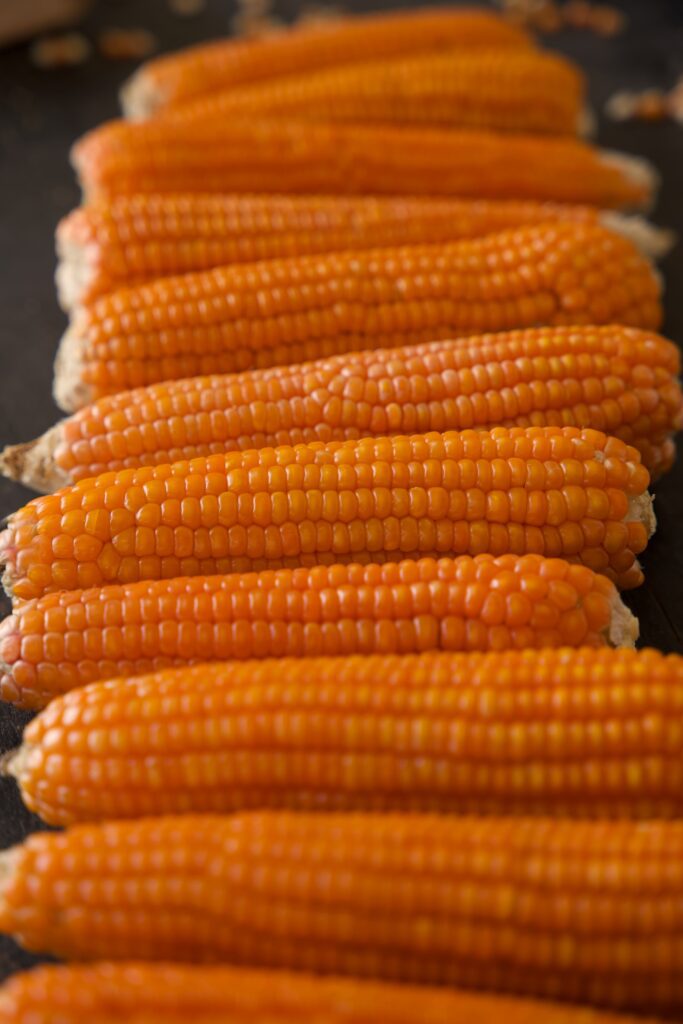
Corn, also called maize, is the most widely planted staple crop on Earth. It is thought to have been bred from wild grasses in what is now Mexico over 7,000 years ago. As civilizations grew and flourished in the Americas so did maize. Many different varieties were developed that were able to survive in starkly different locations and climates, from present-day Illinois to Peru. It became one of the most important resources in the Americas, and Native Americans had many creative uses for all parts of the crop. The husks could be used to weave baskets or a mattress, and the kernels could be made into hominy or ground with a mortar and pestle to make cornmeal for cooking.
Corn was so prevalent in the Americas at this time that cornmeal became a major staple in the diets of Native Americans. Early cornbread consisted of cornmeal, water, and salt and was baked over a fire or in a hearth. Without milk, eggs, or sugar, early versions of the bread were quite different than what we eat today, but they offered a vital source of energy. Iroquois messengers who traveled between villages would carry cornmeal as their only source of nourishment for the journey. Mixed with water to make cornbread, it made for a quick and energizing meal.
Early Settlers
Prior to Europeans settling in the Americas, wheat was considered the main staple crop in Europe. For this reason, when European settlers first arrived in the New World, they tried to grow wheat, but failed due to poor soil and diseased plants. In both Plymouth Rock and Jamestown, the settlers were introduced to corn by Native Americans in the region who taught them how to grow and cook it. After finding success in growing corn, European settlers quickly adopted the new crop which became a vital food source in their diets. Recipes such as cornbread became a mainstay in the new settlements and the broader American colonies that followed them.
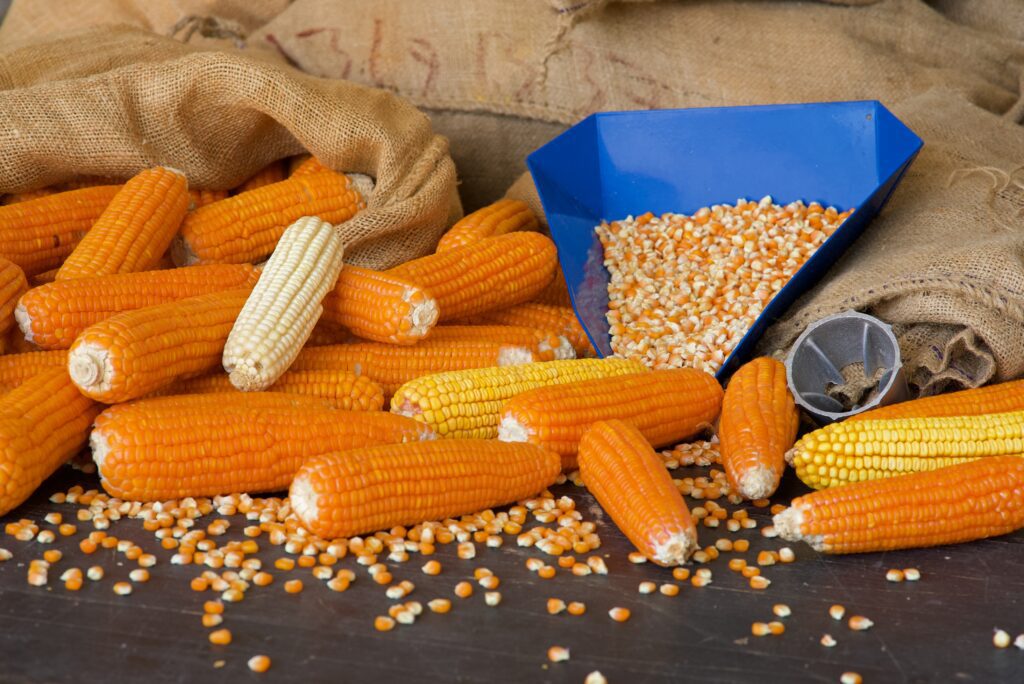
Throughout the eighteenth century Europeans continued to arrive in the Americas and the colonies continued to grow and expand throughout the East coast. Colonists were eventually able to successfully grow wheat in the mid-Atlantic colonies, however, cornbread remained a popular alternative to wheat bread because most of the wheat grown in the colonies was exported to Great Britain. The wheat that was not shipped overseas was difficult to transport along America’s coast making it somewhat of a rare commodity in colonies outside of the Mid-Atlantic region. Due to its scarcity, wheat bread became something that was reserved for special occasions, while cornbread was typically used in everyday cooking and meals.
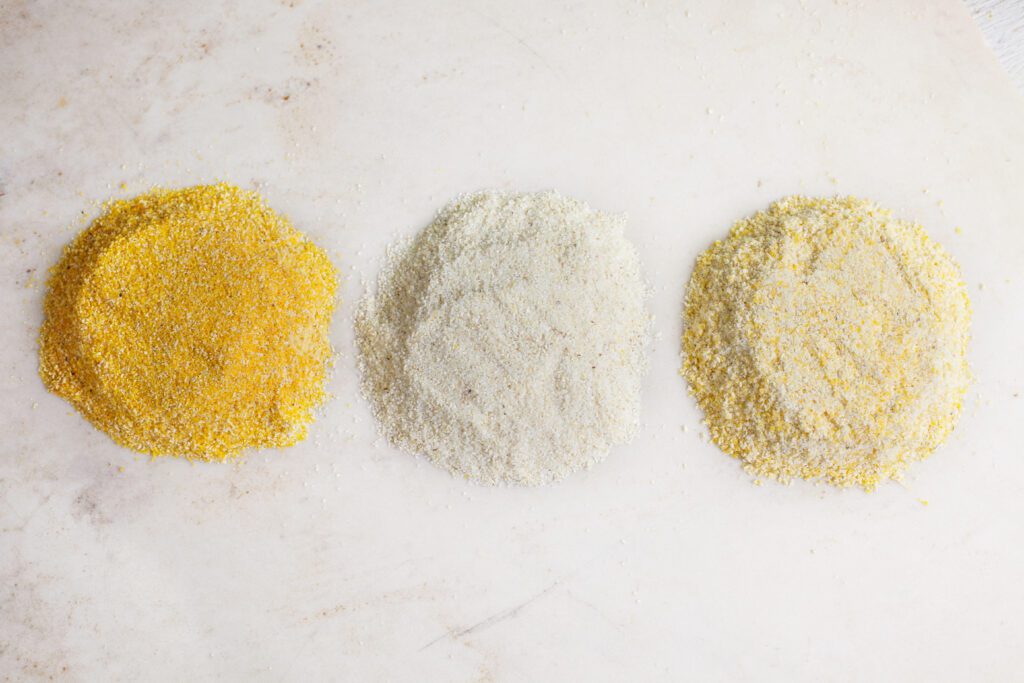
Even though early colonists considered cornmeal more of a rudimentary, everyday staple ingredient, cornbread recipes continued to evolve and even became a symbol of pride in the Southern colonies. By the eighteenth century cornbread started to resemble something closer to a modern recipe. Colonists would add ingredients like molasses, butter, and milk to improve the taste. The batter was either baked into what was called a common loaf, or formed into patties and fried also known as hoecakes or johnny cakes.
During the Revolutionary War, cornbread also played a significant role in feeding troops as it was cheap, easy to transport, and a good source of calories. Much like the Iroquois messengers, patriot soldiers would sometimes subsist solely on cornmeal and water that was fried or baked over a campfire to make cornbread.
Enslaved People
For Black Americans, cornbread is more than just a comfort food. It is a symbol of their ancestors ingenuity, resilience, and strength in the face of adversity. Throughout the American colonies and into the nineteenth century, enslaved Americans were given very meager rations to cook with, most often whatever was considered “undesirable” by slaveowners. These rations would include leftover greens, animal parts, molasses, and grains like rice or cornmeal. Cornmeal became essential to the survival of these individuals, and to make it last they developed ways of stretching the ingredients to feed more people.
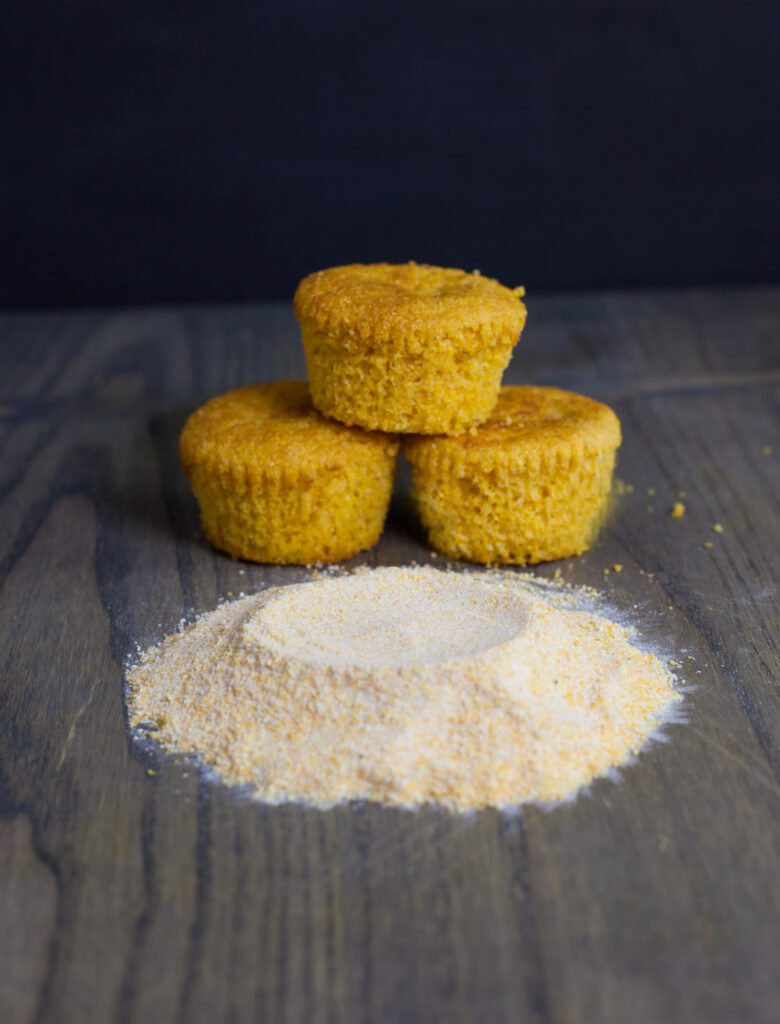
In order to enhance the flavor of some of these otherwise unwanted ingredients, many found creative ways to generate new dishes that became important parts of southern cuisine. Cornbread was traditionally baked by slaves in a cast iron skillet until browned on the edges, producing a crispy, dense bread that could be used to sop up otherwise thin stews. There were several different varieties of this bread. Things like molasses, bacon drippings, or whatever slaves had available could be used in the bread to flavor it.
Cornbread could also be made in the form of ashcakes or hoe cakes. A common myth is that hoecakes got their name from enslaved Americans, who would use their field hoes to fry the crispy, flat bread over an open fire. While slaves would sometimes use this resourceful method, but in actuality, hoecakes got their name from a now obsolete word for griddle. When the fire cooked down to hot coals, ash cakes could be made by placing the cornbread mixture directly onto the coals.
Civil War
As with the Revolutionary Way, cornbread again played a vital role in feeding soldiers during the Civil War. You may have heard of hardtack, an unleavened bread made from only flour and water used to feed troops using as little resources as possible. Corntack was the cornbread equivalent, made from cornmeal and water by Union and Confederate soldiers alike. Corntack was made using many of the same cooking methods used by enslaved Americans since the soldiers also often cooked over open fires as they moved from camp to camp. It was often crumbled over beans or in stews. The bread has been the subject of many Civil War soldier accounts who complained of corntack’s lack of flavor and unappealing texture. Through time, corntack and hardtack have become symbolic of the hardships that Civil War soldiers endured. They are discussed in classrooms and used in reenactments today to give people a taste of what life was like during this time.
Post-Civil War and the Twentieth Century
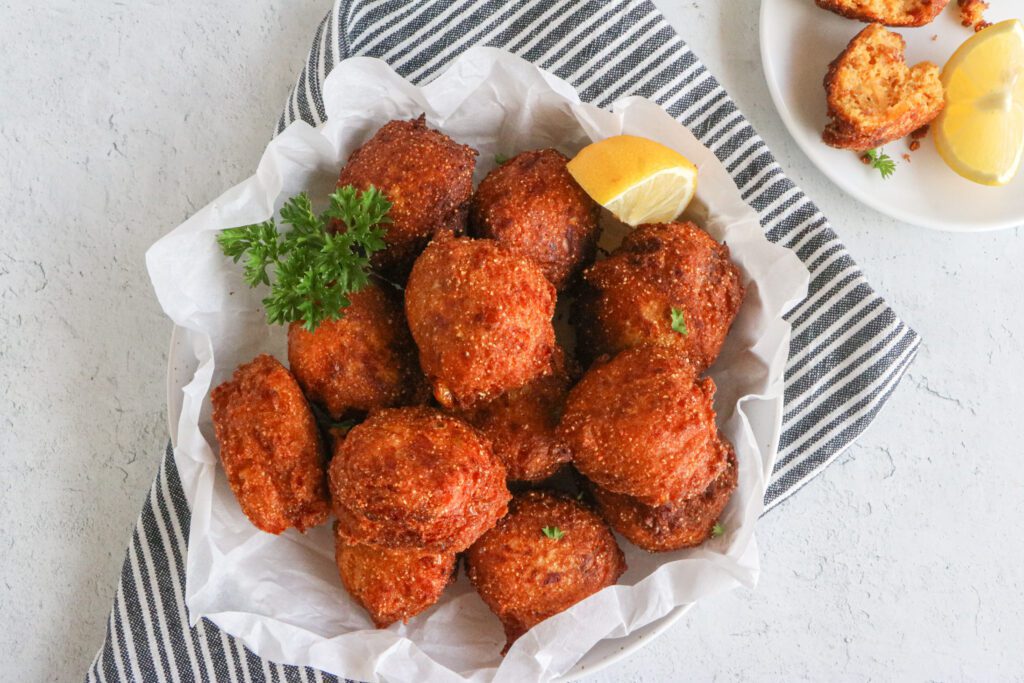
In the late nineteenth and early twentieth centuries, freed slaves and their descendants began to migrate to northern states and found their own communities. Many opened their own businesses and trained as chefs, continuing to adapt the cornbread recipes based on the resources available and trends of the moment. Cornmeal was used in a variety of variations including corn pone, griddle cakes, spoon bread, corn muffins, hoecakes, and hush puppies – many favorites that Americans still eat today.
Following the Great Depression, a booming American economy and new innovations in technology such as refrigeration allowed everyday Americans the opportunity to use ingredients such as eggs and buttermilk in their cooking on a more regular basis which in the past were reserved for the wealthy or special occasions. This is why modern cornbread now typically includes ingredients like eggs and buttermilk creating a richer, more cake-like texture than in the past.
Today
Today, most Americans, no matter their background have a recipe for cornbread that’s passed down through generations. These recipes tell the stories of our past and speak to American culture in many ways. If you’re from the north, your cornbread most likely has sugar or honey in it. If you’re from the south, you may not use sweetener in your bread at all. Those in Appalachia may still prepare cornbread the old-fashioned way simply using ground corn, hot water, and lard. Our recipes tell the story of where we’ve been and will continue to evolve through time. However, no matter where you’re from or what your background is, all can agree that there are not many dishes out there that have stood the test of time and feel quite as American as cornbread.
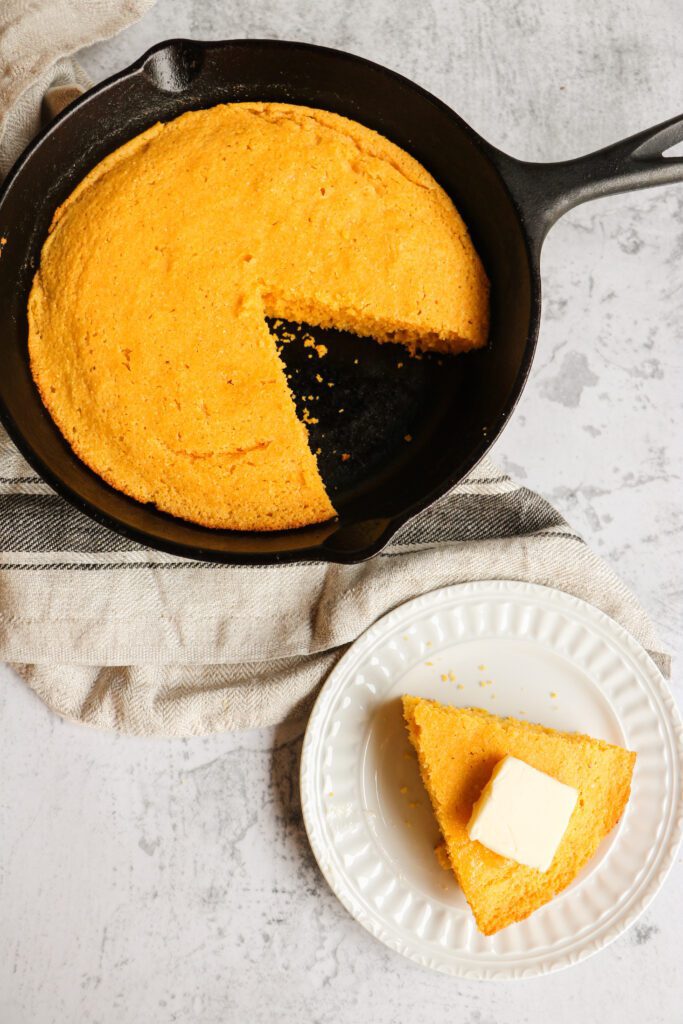
Professor Torbert’s Classic Style Orange Cornbread
Whether cornbread should be sweet or savory is still a heated debate in some circles. Either way the rich flavor and vibrant color of Professor Torbert’s Orange Corn Meal can take your favorite recipe to the next level!
If you need a little recipe inspiration, be sure to try Professor Torbert’s classic cornbread recipe. With a beautiful crumble, our recipe is perfect with any kind of chili, stew, or as a side to a meal. Your crowd won’t be disappointed!
Visit our orange corn recipe library today for the complete cornbread recipe and other orange corn menu ideas. Remember to stock up on orange cornmeal as well and have it on hand for your next gathering.
More resources:
America’s Essential Connection to Cornbread | Institute of Culinary Education (ice.edu)
Cornbread | Definition, Ingredients, & Variations | Britannica
